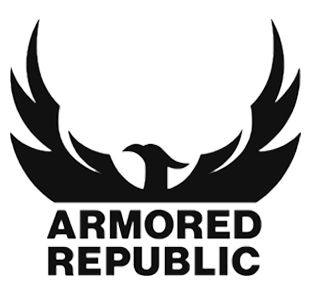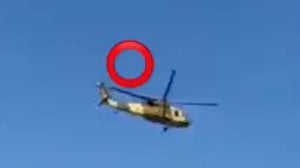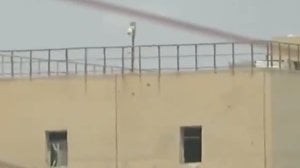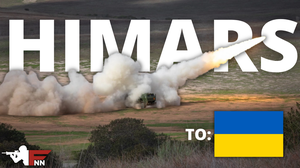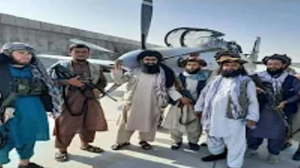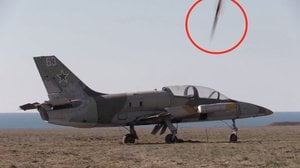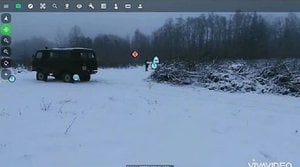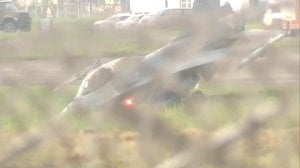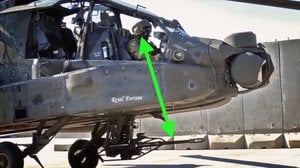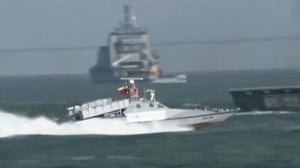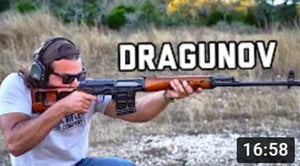
Ukrainians Test Augmented Reality for Near/Far Recognition
Published 1 years ago
A member of the Ukrainian military conducts a test with an augmented reality system. The intent of the system is to help Ukrainian troops conduct near/far recognition.
Here's a loose translation of what the Ukrainian is saying.
“Demonstration of the augmented reality system in “Combat” mode. As you can see, inside the car there’s a phone that transmits data to the drone and as we move the camera it stays in place. You can see whether you have friendly or enemy forces in front of you. Over there is the enemy and here are friendly forces. All the drones within the system “Combat” can see it.”
It will be interesting to see where this system heads. In the past, near and far recognition or identifying friend from foe came down to basic soldiering skills. Some of those skills, such as challenge and pass, still exist today, however there's a few key fundamentals that have made this a more complicated task over time. As protective technology has advanced, most armor and gear companies have come to the same scientific conclusions. Certain armor shapes and camouflage patterns work better than others.
As a result of most companies reaching the same conclusions in their research and development, military equipment across almost every nation has started to come to an almost uniform appearance. During World War One and World War Two, even in Korea, Vietnam and the First Gulf War, you could tell friend from foe at a distance from the silhouette of the target. A key factor in this was the shape of the helmet the Soldier was wearing. This silhouette recognition was much a standard Soldiering skill like armor identification is today. Unfortunately, due to almost every nation now having an almost uniform appearance at a distance, near and far recognition has become an almost impossible task.
Augmented reality could become a real solution for this in the future. I've personally worked with some helmet mounted heads up display systems in my other line of work at a ballistic helmet manufacturing company. While the technology is still very rudimentary at the moment, recent advances in Artificial Intelligence and machine learning could make this a real possibility in the not so distance future, and the Ukrainians seem to be poised to test this technology in real time against their Russian adversaries.

